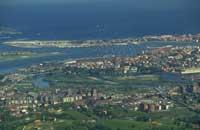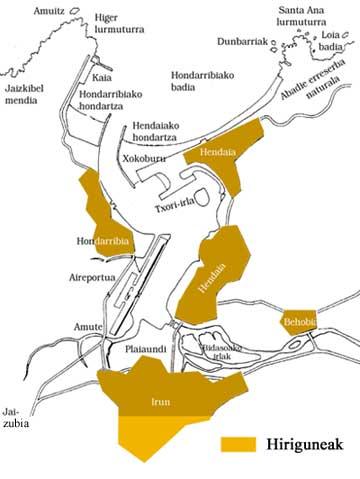North Sea Marshes
1991/10/01 Elhuyar Zientzia Iturria: Elhuyar aldizkaria
In northern Germany, on the border with Denmark, is the Schleswig-Holstein marsh. The bay surrounding the marsh is Helgoland.
The number of birds living in this marsh ranges from six to nine million, according to researcher Peter Todt. This researcher spends three quarters of the year alone on the island of Trisch, almost always in mists. The reason for being so many birds lies in the existing food wealth. Moreover, water never freezes in the area due to weather and tides.
In this marsh it is not advisable to walk alone, although when the tide goes down the sea hides on the horizon, because the fog enters when it is not expected and with the tide the same happens.
In a square meter can live 50,000 rodents and 30,000 small crabs. Faced with this wealth, the different birds have achieved a natural balance to live together. The great Kurlinta, for example, has an inclined sword shaped beak and occupies molluscs and worms under the sand. Marine mica has a short, curved beak to catch molluscs. The chorlitejo manipulates the surface of the marsh.
Although it can be seen that life is very abundant and in very different ways, there is a serious risk. Proof of this is the disappearance of the last links of the food chain, birds of prey and marine mammals (whales, dolphins and seals).
Environmental pollution is the most responsible for this serious situation. The main cause of pollution is the toxic waste that rivers carry from the ground along with oil killings.
This situation has led to the creation of a community of protection for the German coast of the North Sea. However, in order to obtain positive results, it must have been a few years.

Gai honi buruzko eduki gehiago
Elhuyarrek garatutako teknologia





